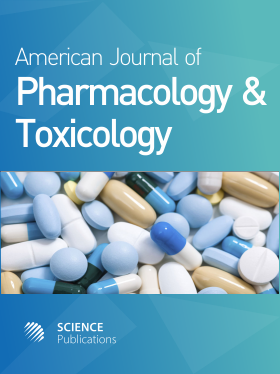Rapamycin Inhibits Cystogenesis by Cystic Epithelial Cells Derived from Human Autosomal Dominant Polycystic Kidneys
- 1 University of Oklahoma Health Sciences Center, United States
Abstract
Autosomal dominant polycystic kidney disease (ADPKD) is one of the most common genetic disorders and carries a high health burden since it progresses to renal failure in half of the afflicted individuals by the 6th decade of life. Currently, there is no effective treatment to slow the progression of ADPKD. Rapamycin, a drug most commonly used as an immunosuppressive agent for organ transplantation, slows cystogenesis in several rodent models of polycystic kidney disease; however, its efficacy in human ADPKD is unknown. We tested the ability of rapamycin to inhibit cyst formation in an in vitro model of ADPKD using cystic epithelial cells derived from the cyst walls of kidneys from patients with ADPKD. Cystic epithelial cells were cultured in a 3-dimensional matrix of Matrigel and collagen I. In the absence of rapamycin, numerous large cystic structures formed when visualized by phase-contrast microscopy. Rapamycin decreased cyst size and cyst number in a dose-dependent manner. The concentration of rapamycin that decreased cyst number by 50% (IC50) was 1.4 ± 0.2 nM, a level achievable with current dosing regimens in transplantation. Staining nuclei with DAPI and then examining the gels with an inverted fluorescent microscope further visualized cell structures. This revealed that rapamycin was not toxic to cystic epithelial cells and supported the formation of branching tubule-like structures in the 3-dimensional gels. This study demonstrates that rapamycin inhibits cystogenesis by human ADPKD cystic epithelial cells. Rapamycin is a potent immunosuppressive agent, which has many potential side effects. This study provides further impetus to subject otherwise healthy individuals at the early stage of ADPKD to many years of rapamycin in a prospective clinical trial.
DOI: https://doi.org/10.3844/ajptsp.2006.79.82

- 5,748 Views
- 4,521 Downloads
- 0 Citations
Download
Keywords
- polycystic kidney disease
- rapamycin
- human
- 3-dimensional cultures
